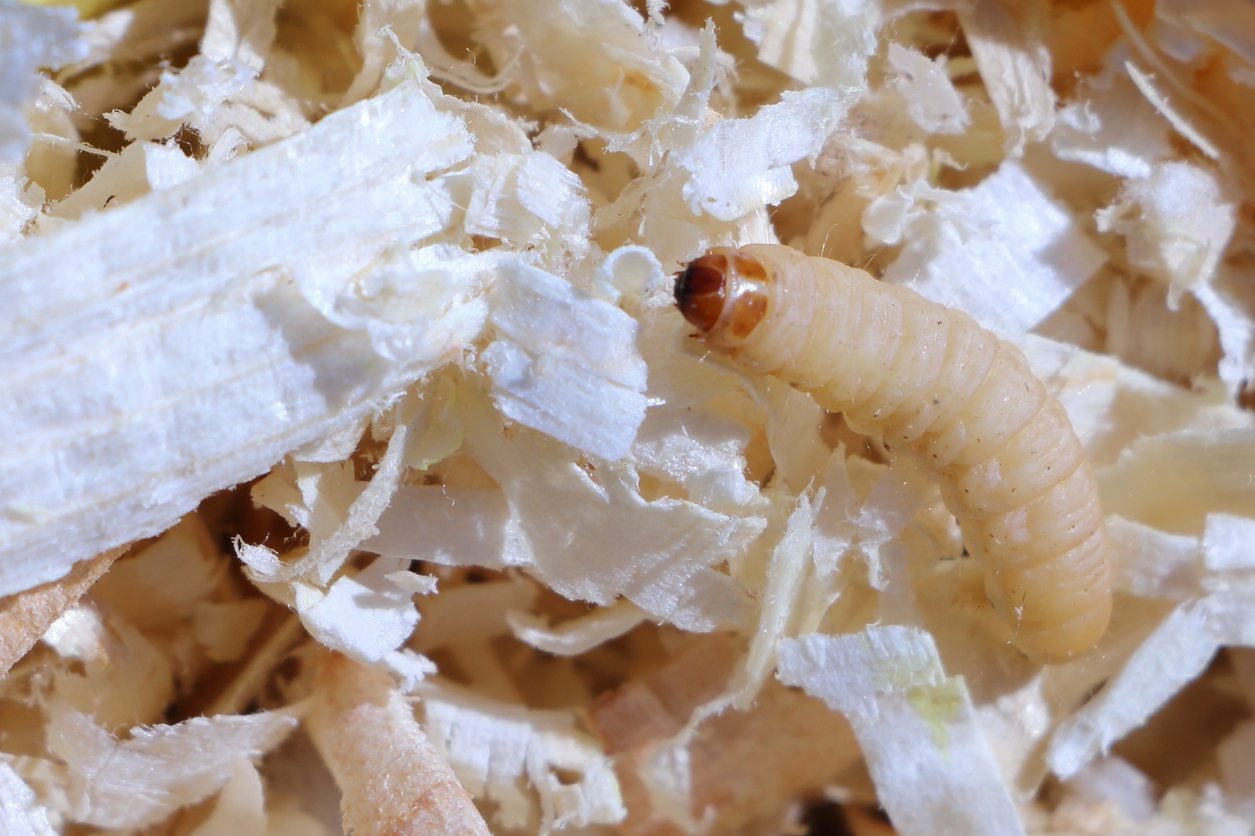Pests In Vermicompost: What To Do For Vermicompost With Maggots


Vermicomposting is a great way to put your kitchen scraps to work growing compost worms and creating lots of castings for your garden. Although it seems like a straightforward pursuit, all isn’t as it appears with vermicomposting. Often, you collect hitchhikers in your bin, resulting in vermicompost with maggots. Before you panic, take a breath and read this article about dealing with vermicompost maggot infestations.
Maggots in Vermicompost
Keeping a worm bin can force you to come to terms with the varied creatures that help break down living tissues. For many, these pests in vermicompost have come to be associated with filth and disease, but the truth is that many are complementary to your worm bin. One of the most commonly friendly foes is the black soldier fly. Outdoor worm bins are perfect environments for soldier fly larvae to develop, resulting in the appearance of maggots in vermicompost. Some worm farmers will elect to leave the black soldier fly larvae in their bins, since they neither feed on worms, nor significantly impact their ability to feed. A little extra material in your bin can ensure that the black soldier fly larvae also get their fill. While they eat, they grow and exude chemicals that discourage other flies from helping themselves to your compost. As an adult, a black soldier fly only lives for about a week, but has no mouth or stinger, so there’s no risk of harm coming from them.
How to Get Rid of Maggots in Vermicompost
If you’re of the opinion that your black soldier fly larvae are simply too much to bear, you’ll need to make several changes to ensure they’re destroyed, and new adults can’t enter your worm box. First, attach fine screens to your air holes, no matter where they are, and mend any gaps all the way around. Caulking fine gaps can keep flies from squeezing in. Vermicompost with maggots of any type is almost certainly too wet, so the first thing you’ll want to do is dry out the top of the bin. You can let it dry out on its own, then be careful not to overwater in the future, or add more material that can soak the excess liquid right away – like newspaper or shavings. Once the bin is dry, make sure you bury your food offerings to your worms deeper under the surface to discourage flies from approaching. Fly strips can help trap adults that mature inside your bin.
Sign up for the Gardening Know How newsletter today and receive a free copy of our e-book "How to Grow Delicious Tomatoes".

Kristi Waterworth was a regular contributor to Gardening Know How for many years, answering countless queries on plant pests and diseases.